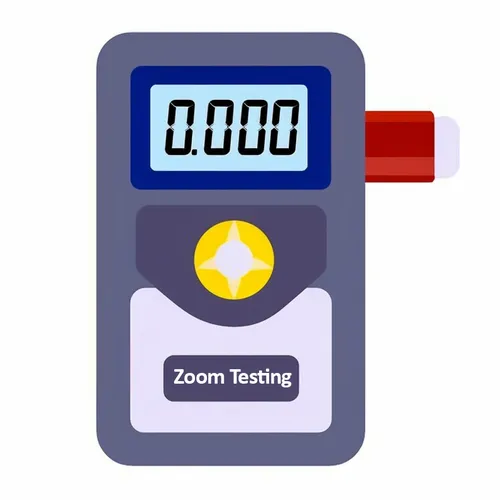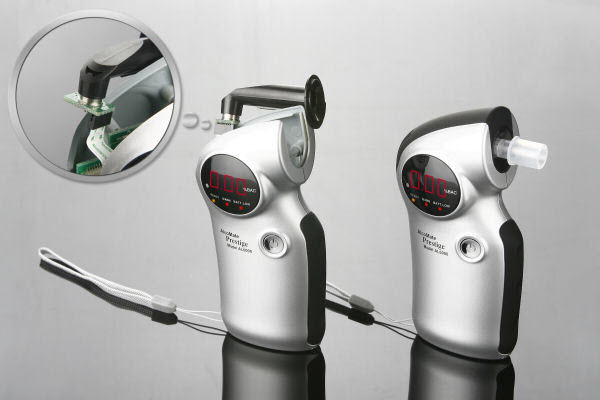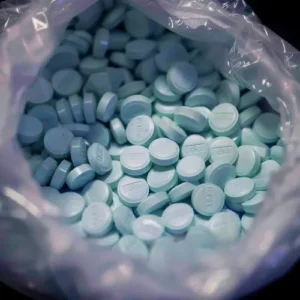One of the most common ways of finding out how much alcohol is in a person’s blood is by measuring their Blood Alcohol Concentration (BAC).
What Is BAC (Blood Alcohol Concentration)?
Blood alcohol concentration (BAC) is a method of analysing how much alcohol is in the blood. This, as opposed to measuring the exact amount of alcohol the person has drank, will influence how alcohol affects the individual’s brain, body and behaviour.
How is BAC (Blood Alcohol Concentration) measured?
Alcohol in the bloodstream is measured by the amount of alcohol that can be detected in a 100 mL (millilitre) volume of blood. It is usually shown as a decimal, such as 0.08%. In this case, 0.08% refers to 80mg of alcohol. This can also be described as 0.08 BAC.
BAC can be used to determine the level of intoxication and estimate the time it will take for alcohol to be eliminated from the body. There are many methods used to measure BAC. The most common is through a breathalyser test, which measures how much alcohol is in your breath as you exhale. Another way to calculate your BAC is by using an online calculator or by using an app on your phone.
What is the legal driving limit for BAC in the UK?
In England and Wales, the legal limit for drivers is 80 mg of alcohol per 100 ml of blood. This equates to 35µg (microgrammes) per 100 m for breath alcohol and 107 mg per 100 ml for alcohol in urine.
In Scotland, the drink driving limit was reduced in November 2014. North of the border the limit is now 50 mg or 0.05%. This brings Scotland in line with most of the rest of Europe.
The Northern Ireland Assembly voted in favour of reducing the legal limit for driving from 0.08% to 0.05%. This change took effect in 2015 and means that drivers who have over 50mg of alcohol per 100ml of blood will be prosecuted.
How much can I drink and still be under the drink driving limit?
It is a common perception that a BAC of 0.08% is roughly equivalent to two pints of normal strength beer for a man of average weight. This crude calculation should not generally be used as there is no accurate correlation between the peak level of BAC and the amount of alcohol consumed.
There is a good chance that anybody trying to “drink up to the limit” will run a serious risk of exceeding it. A more scientific method, if you need on the spot testing for blood alcohol level, is a breath alcohol detector. This kind of device is a single-use breath alcohol test, which can be useful in a variety of situations.
What Factors Influence BAC Levels?
Your Blood Alcohol Concentration (BAC) doesn’t just depend on how many drinks you’ve had. Several factors influence how quickly alcohol is absorbed into your bloodstream and how impaired you may become.
Body Weight
The more you weigh, the more water is present in your body. Alcohol dilutes into this water without getting metabolized. So, larger people tend to have lower BACs after consuming the same amount of alcohol as someone who weighs less.
Sex
After drinking equivalent amounts of alcohol, men generally have lower BACs than women. This is in part due to differences in body water composition. Women tend to have less water in their bodies, causing higher concentrations of alcohol.
Food Intake
Having food in your stomach slows the absorption of alcohol into the bloodstream. A fuller stomach means it takes longer for alcohol to enter your bloodstream and reach its peak level. Drinking on an empty stomach causes a higher BAC spike sooner.
Drinking Pace
If you have multiple drinks in rapid succession, the alcohol consumption outpaces your body’s ability to metabolize it. This causes your BAC to rise faster. Spacing out drinks over several hours prevents dramatic spikes.
Alcohol Content
Standard beers, wines, and mixed drinks have different alcohol percentages that affect how quickly your BAC rises. Higher alcohol by volume (ABV) translates to higher BACs.
Medications
Some medications contain ingredients that can intensify alcohol’s effects or slow its elimination from your body. Always read medication labels carefully.
Age
As people grow older, they tend to have a higher percentage of body fat and lower water content. This causes alcohol to be more concentrated in an older person’s body after drinking the same amount as someone younger.
Health Issues
Certain medical conditions, like diabetes or liver disease, can alter the way a person absorbs and metabolizes alcohol. These factors can make alcohol consumption more dangerous.
It’s clear that many variables impact how alcohol affects each individual. Responsible drinking means understanding your own risk factors for higher BAC levels. The safest approach is to have a non-drinking designated driver if consuming any amount of alcohol.
Photo: “Blood Test” by Anthony Cunningham for Zoom Testing
Zoom Testing is a leading UK drug testing company and a supplier of Drug Test Kits.






